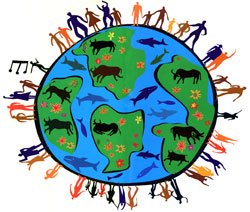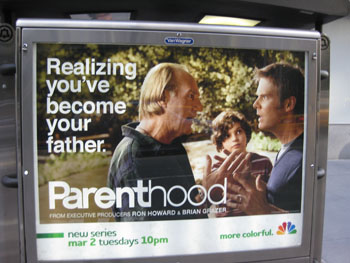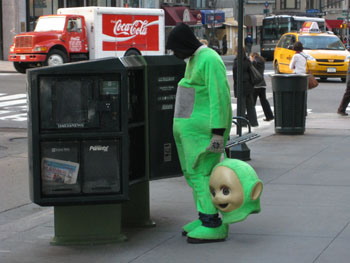I was reading a manuscript the other day, and there was a part that made me laugh because it could have been a page pulled from my childhood. The scene was between best friends, sharing a carefree, endless summer day with a good old exchange of one-upmanship. It’s amazing how a children’s book can remind you of the person you used to be.
I have always been attracted to things that allow me, in small ways, to retain parts of my childhood, whether they are the books I read, the movies I see, or the music I listen to. Being an adult does not afford one the freedom to act like a child, as the responsibilities of life do not allow for many carefree, endless summer days. But being able to relive parts of your childhood through conscious choices of literature or other media can keep the child within alive. I think this is a terrific way to approach life, since we each get only one chance to be a child, and everyone knows that childhood is very brief compared to the years one must spend acting like an adult.






